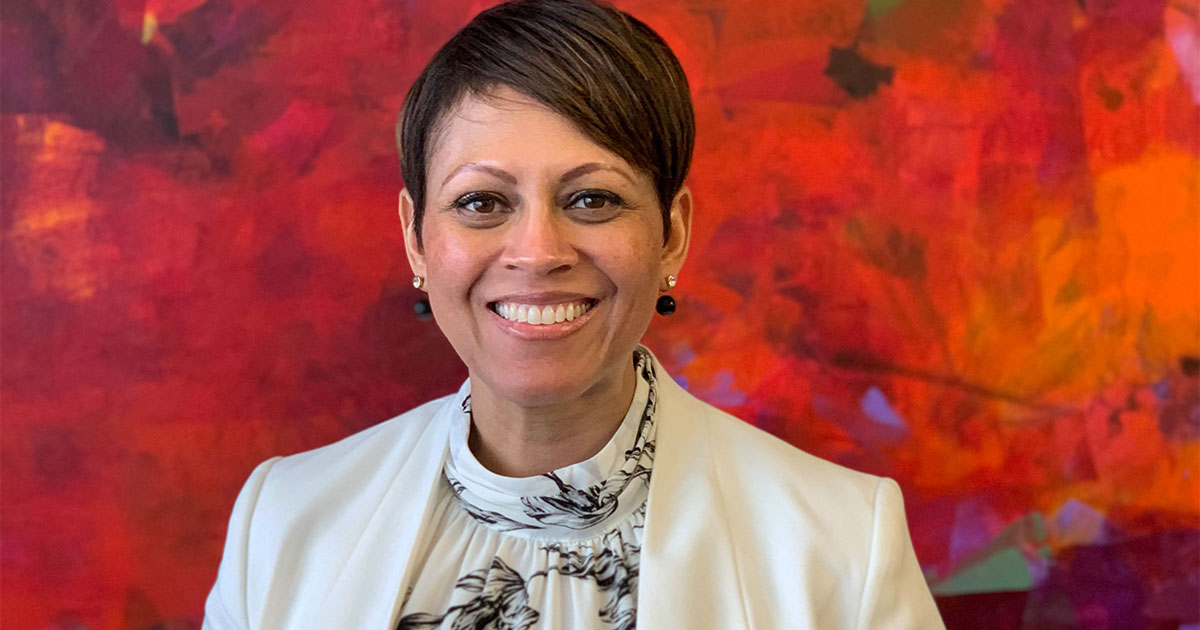Time is tighter than ever; volatility is endless in the face of new and unforeseen challenges, and the demands on you and your leaders seem endless.
The pandemic is front of mind, but the underlying issue is often referred to as VUCA—volatility, uncertainty, complexity and ambiguity—the constant, unpredictable change that existed before COVID upended our workplaces and has been amplified by it.
I talk with corporate leaders daily about these issues because the truth is, VUCA is anxiety-provoking and stress-producing. It's also normal.
Workplaces are changing, and companies and leaders are experimenting with scheduling. Supply chains are disrupted, plans change—now more than ever before.
But there are solutions. VUCA environments create opportunities for leaders to make an impact. Consider:
-
Volatility. Leaders and organizations learn to be more agile and allocate their resources in a way that helps them become more resilient.
-
Uncertainty. Leaders, teams and organizations learn to gather information in new ways beyond what they currently do and analyze it—learning from new perspectives.
-
Complexity. Organizations adapt their internal "logics" to the external changes, mirroring the complexity of the environment or context.
-
Ambiguity. Organizations learn to experiment to determine what strategies are the most beneficial for the new business logic.
What do all of these opportunities above have in common? The ability for the organization to adapt. The ability of an organization's processes, employees, teams, systems and leaders to adapt; to shift to meet the new world where it is. To be able to continue to shift as the world around us changes. And to keep our ability to stay engaged, stay healthy, to remain joyful, to win as companies—and to flourish as humans—through this change. This requires a different way of leading from what many of us are used to.
The first step is to know when we need to shift. Do we need to shift in every circumstance and for every problem we face? That sounds exhausting!
We need to recognize when a problem requires this new approach. We need to recognize that some problems can be approached in a traditional way and others require us to be able to take a new perspective.
And we need to know how to create solutions that can be implemented and replicated without adding layers of process—and that provide equity, opportunities and inclusion throughout workforces.
Here are some key factors to think about:
-
Mental and physical wellness—for yourself and your team, including the importance of being a role model for good behavior and keeping burnout at bay.
-
Why and how to lead with empathy.Leading through authentic, personal connections and reducing dependence on formal communications.
-
Leading through change/Helping remote and hybrid teams maintain career paths.
-
Crisis leadership—COVID-19, supply chain disruptions, and recruiting and staffing challenges won't be the last crises for today's leaders.
Need a sounding board or would like to talk more? My organization, the nonprofit Inforum, has spent nearly two decades working with companies on solutions and strategies for changing workplaces. We can help. You can reach me at [email protected]or 915.269.2168.
Lorrena Black is vice president for leadership development for Inforum, a 501c3 nonprofit that helps women lead and succeed in the workplace and companies give all employees opportunities to grow.




